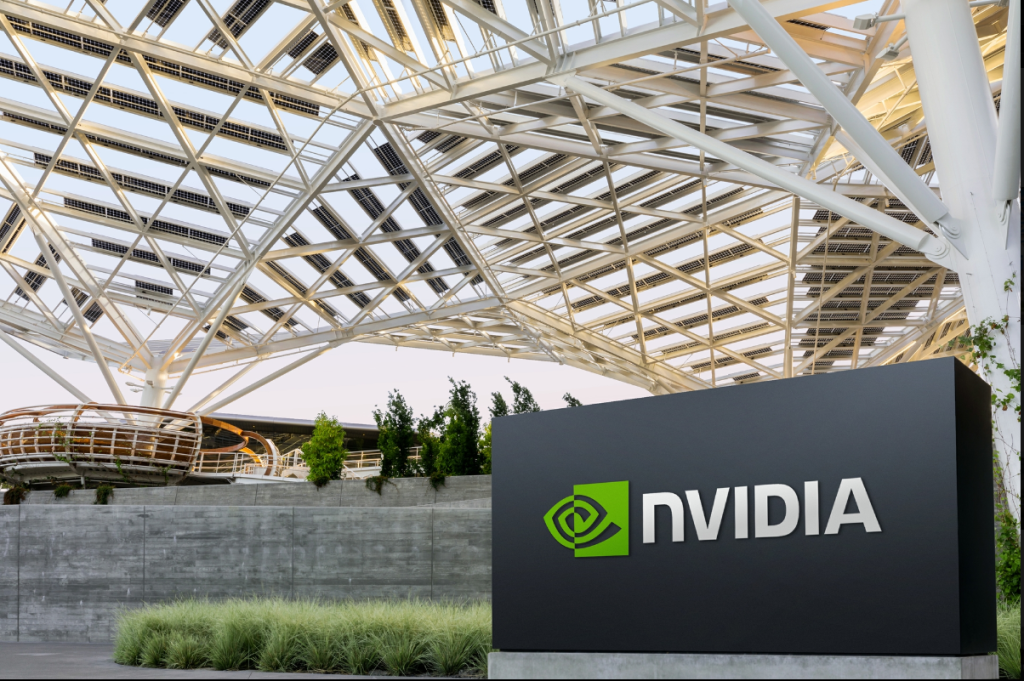Nvidia (NVDA) has had the kind of year most companies can only dream of.
Its revenue and stock price soared thanks to prescient investments in artificial intelligence technologies that are paying off handsomely on the back of the generative AI wave.
That’s not all. It’s repeatedly swapped places with Apple (AAPL) as the largest publicly traded company in the world by market cap, topping the $3 trillion mark. CEO Jensen Huang has become one of the most in-demand executives in Silicon Valley, meeting with everyone from fellow tech luminaries to world leaders and then some.
And there’s more to come. The company is ramping up production of its high-powered Blackwell chip for AI applications and expects to ship several billion dollars worth of the hardware in the fourth quarter alone, with far more expected throughout the year ahead.
“Nvidia really has the [hardware and software] for the AI computing era,” Futurum Group CEO Daniel Newman. “It’s all connected inside the [server] rack, outside the [server] rack, and then the software is very well … liked within the developer communities.”
But the competition isn’t sitting idly by.
Companies like AMD (AMD) are angling to poach Nvidia’s customers and slice into its estimated 80% to 90% market share. Even Nvidia’s own customers are working on chips meant to cut down on their reliance on the graphics giant’s semiconductors.
And Wall Street is getting on board.
Nvidia stock was down 1% before the bell on Thursday.
Shares of Broadcom (AVGO), which works with companies like Google (GOOG, GOOGL) to design AI chips, are up 113% year to date and rocketed 44% in just the last month after CEO Hock Tan said AI could represent a $60 billion to $90 billion opportunity for the company in 2027 alone.
Still, taking on Nvidia will be a tough task for any company. And dethroning it as the AI king, at least in 2025, will be all but impossible.
The dominator
Nvidia grabbed a first-mover advantage in the AI market on the back of early investments in AI software that unlocked its graphics chips to be used as high-powered processors. And it’s managed to hold onto that lead in the space thanks to continued advances in its hardware, as well as its Cuda software that allows developers to build apps for its chips.
Because of that, so-called hyperscalers, massive cloud computing providers including Microsoft (MSFT), Alphabet’s Google, Amazon (AMZN), Meta (META), and others continue to plow cash into buying up as many Nvidia chips as possible. In its most recent quarter, Nvidia reported total revenue of $35.1 billion. Of that, $30.8 billion, or 87% came from its data center business.



